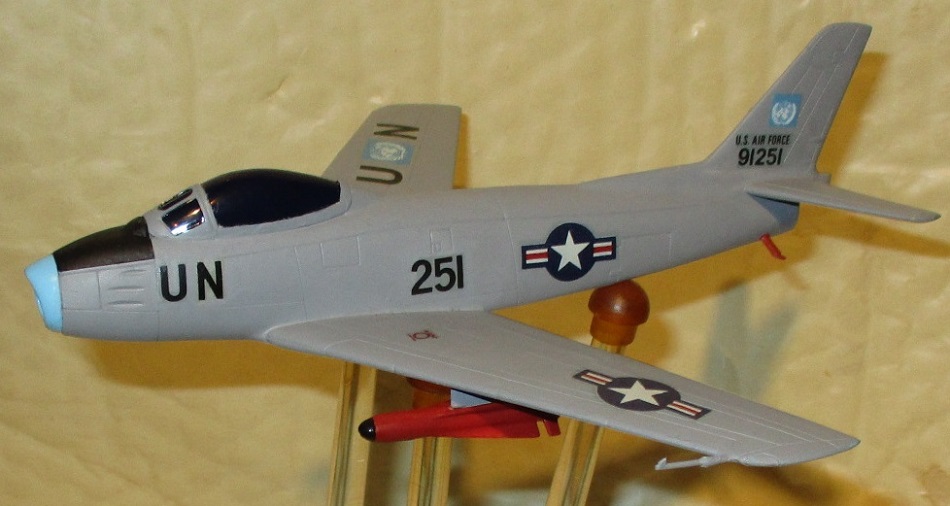
By 1954 the First Korean War had ended even though things remained tense on the DMZ.
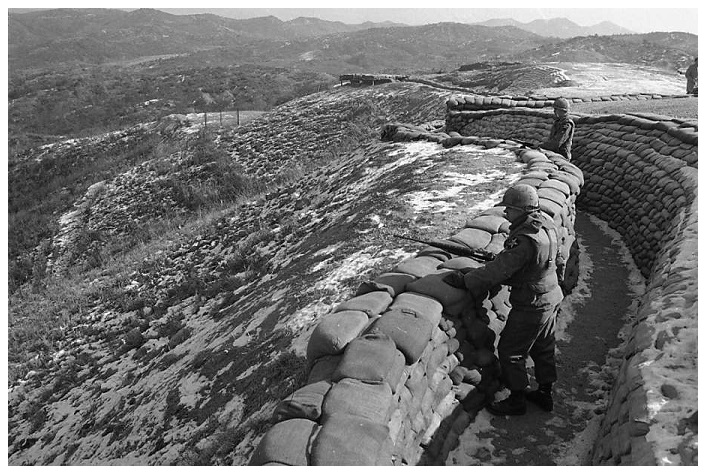
However, after almost a year of perceived provocations, one event would prove too much for North Korea.

The North launched a ferocious invasion across the DMZ in response.
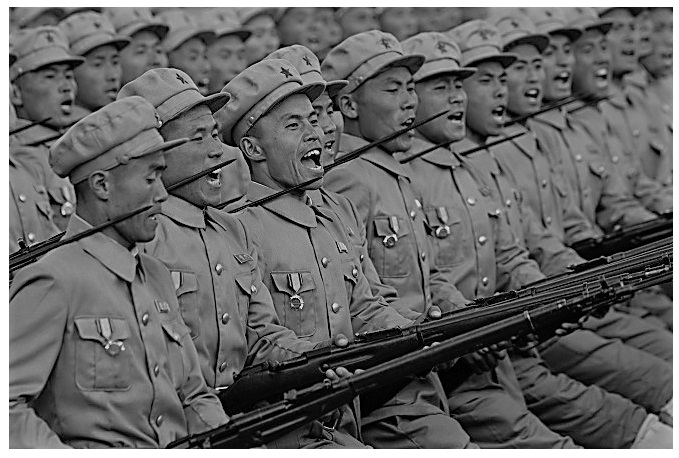
This started the Second Korean War and very quickly, United Nations forces realized they needed to increase their air defense.
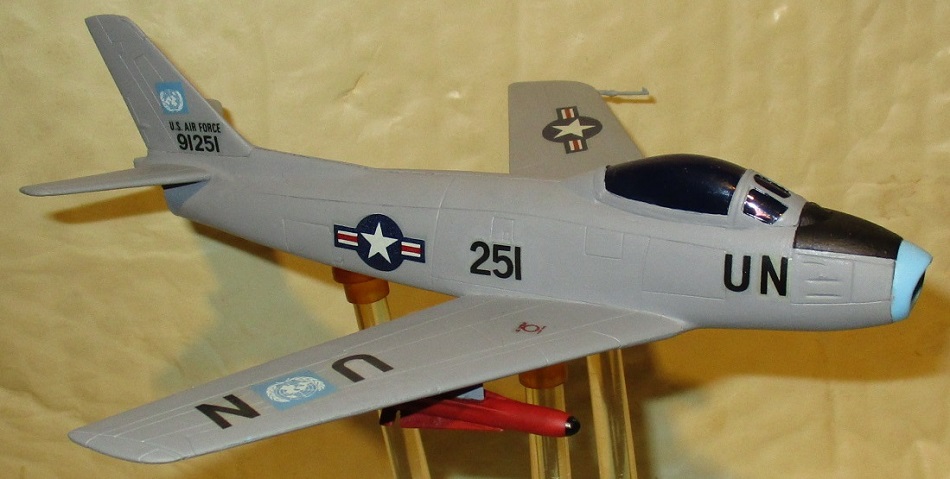
The North had some success with nuisance raids and interceptor squadrons were badly needed. Manned by personnel from all participating allied countries, an interceptor unit was formed to fly under the U.N. banner.
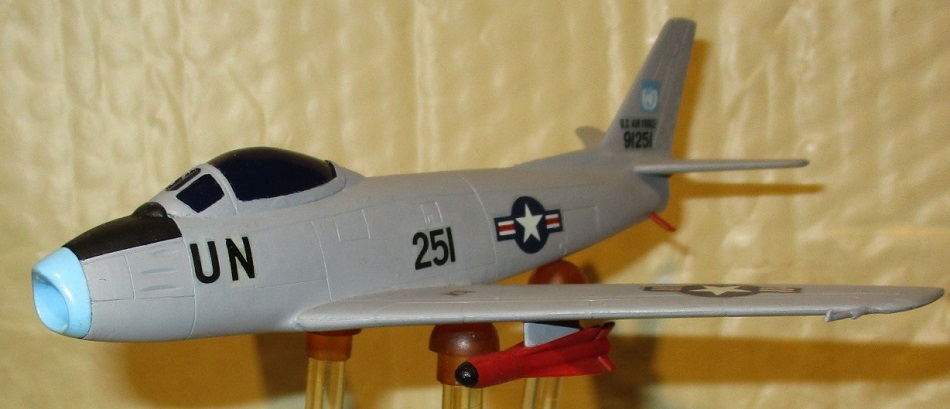
It was decided to equip the unit with the F-86 Sabre. While no longer the cutting-edge aircraft it had been at the start of the First Korean War, Sabres were plentiful in allied inventories and armed with AAM-A-2A missiles, they'd be a capable platform for the mission.
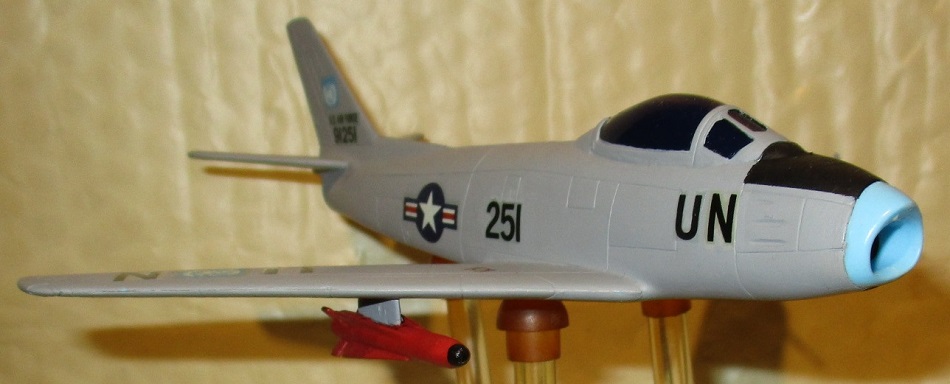
The Sabres of the First U.N. Interceptor Wing wore dual markings of their own country and the U.N. flag in perhaps one of the best displays of international brotherhood ever seen in the skies above Korea.
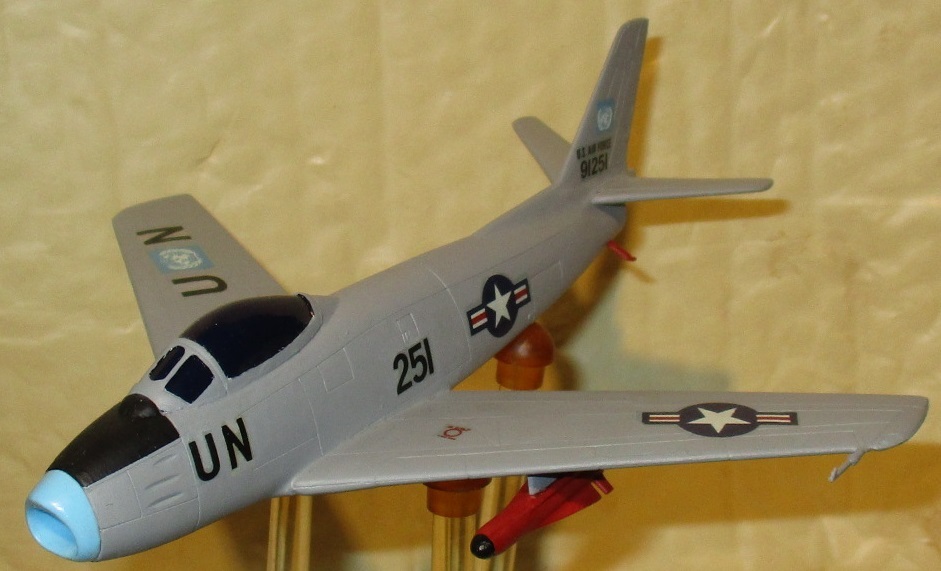
The unit logged innumerable sorties and countless hours in the air. Flying patrols was often a seemingly endless boredom trying to stay alert for the enemy. Fortunately for some of these pilots, a familiar voice of home would help make the duty more bearable.
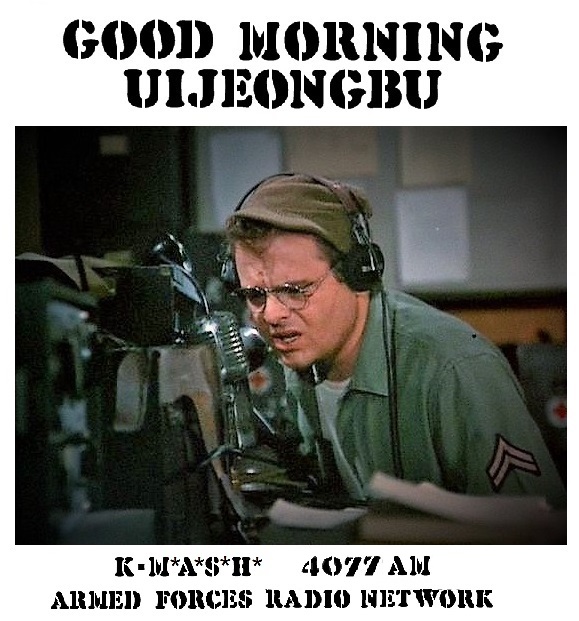
What began as a practical joke soon became the hit of U.S. Armed Forces Radio Network programming. With his fine ear for contemporary dance music and homespun nature, Radar O'Reilly's radio show was the precursor to a more famous broadcast from another war fifteen years in the future.
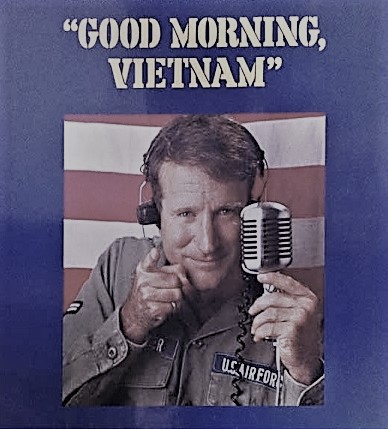
The U.N. pilots found the folksy banter of the program a real morale boost as they kept Uijeongbu safe at 35,000 feet.
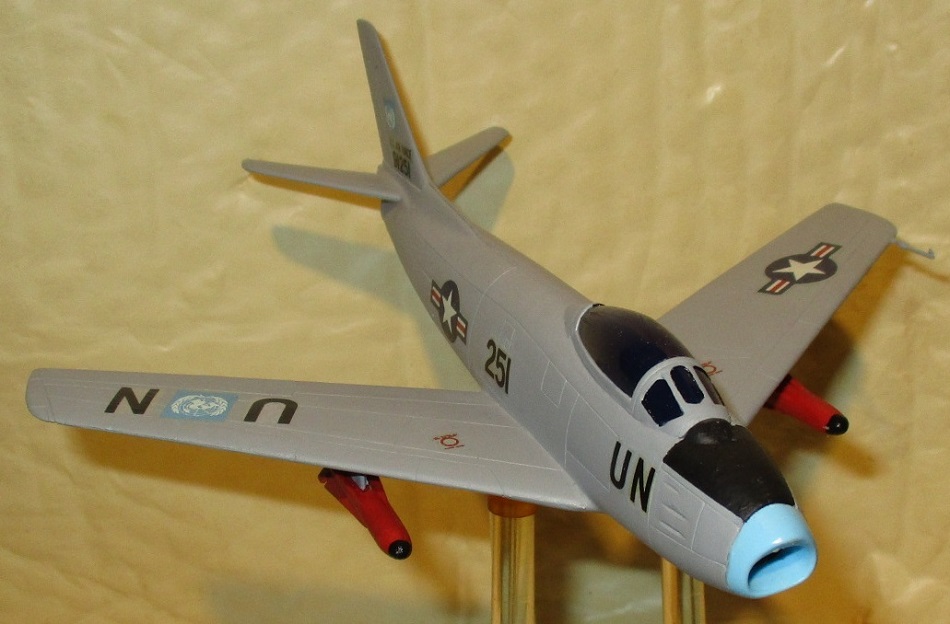
The North Koreans, listening in, felt quite a bit differently and after two years of Ottumwa, Iowa farm reports, just couldn't take it anymore and sued for peace.
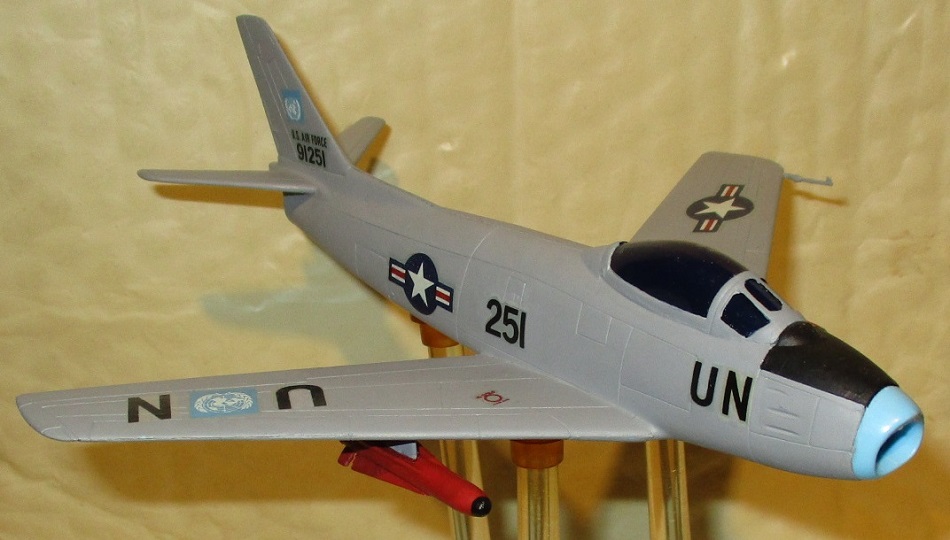
As the guns went silent on the peninsula, the U.N. interceptor unit was soon relieved by the R.O.K. Air Force. Those AAM-A-2A armed Sabres flying under the United Nations banner would soon be forgotten.
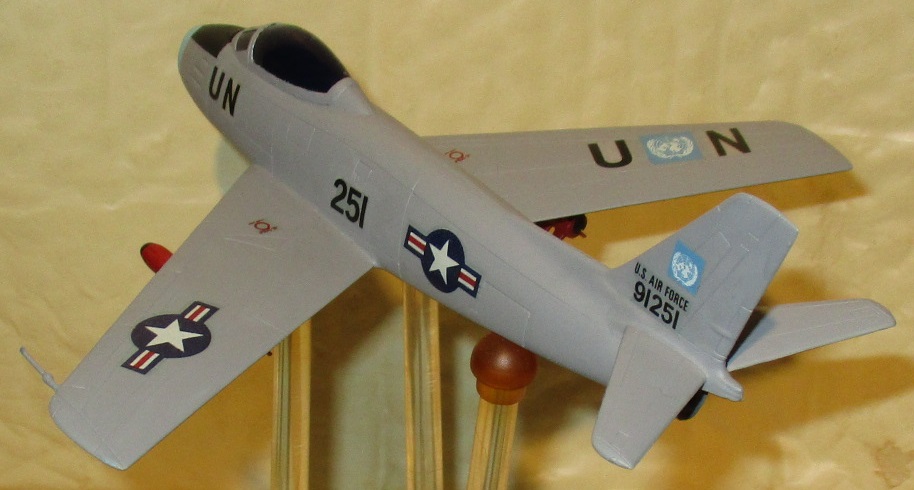
To this day, due to a lack of documentary evidence, many so-called "experts" refuse to believe there ever were United Nations Sabres armed with AAM-A-2As and think the whole thing must be the ravings of an UN-hinged mind.
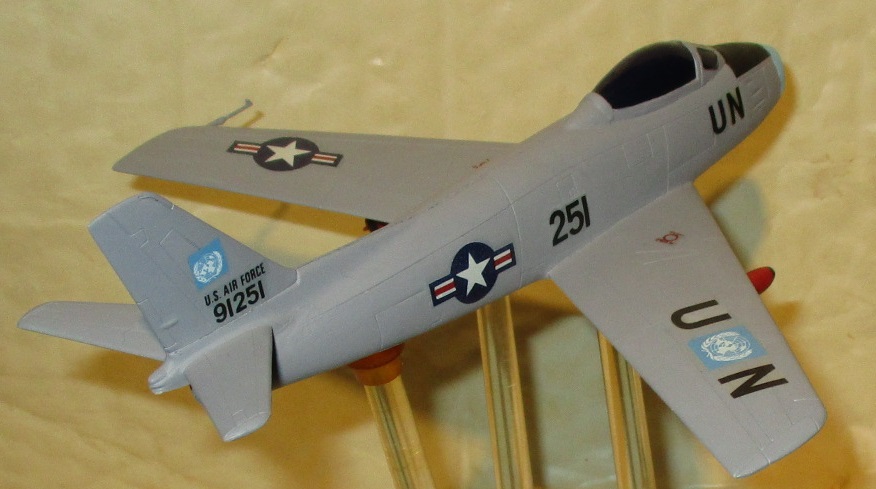
Brian da Basher